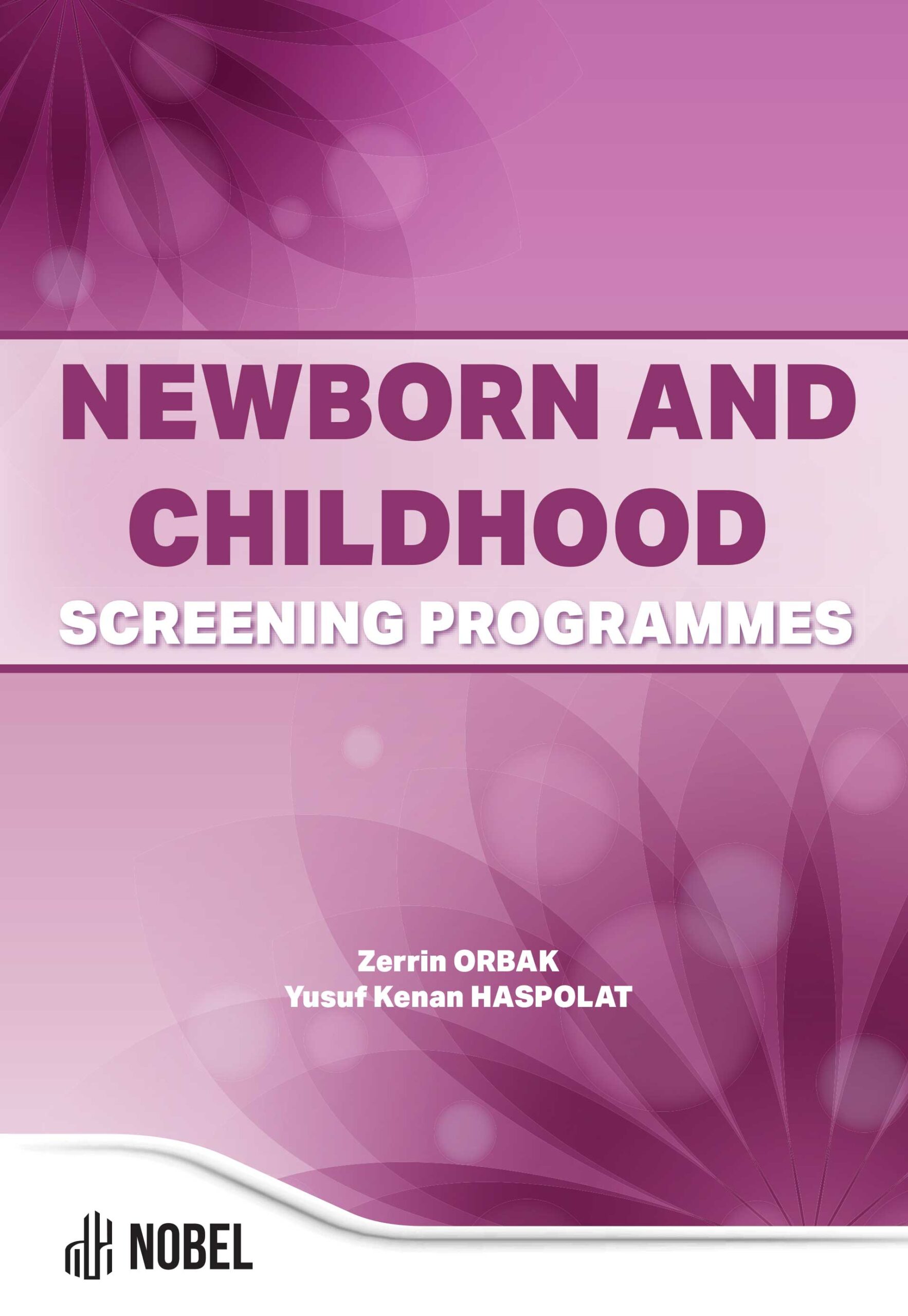Phenylketonuria
Sezai Arslan (Author)
Release Date: 2024-04-04
Phenylketonuria is one of the most significant causes of dietary preventable mental retardation. As a result of a partial or complete deficiency of the enzyme phenylalanine hydroxylase (PAH), which is involved in the conversion of the amino acid phenylalanine to tyrosine, the plasma level of phenylalanine is increased above the normal level. An elevated level [...]
Media Type
PDF
Buy from
Price may vary by retailers
| Work Type | Book Chapter |
|---|---|
| Published in | Newborn and Childhood Screening Programmes |
| First Page | 55 |
| Last Page | 63 |
| DOI | https://doi.org/10.69860/nobel.9786053358961.4 |
| ISBN | 978-605-335-896-1 (PDF) |
| Language | ENG |
| Page Count | 9 |
| Copyright Holder | Nobel Tıp Kitabevleri |
| License | https://nobelpub.com/publish-with-us/copyright-and-licensing |
Sezai Arslan (Author)
MD, Erzurum Regional Training and Research Hospital
https://orcid.org/0000-0002-3873-3010
3Medical Doctor. He completed his education as follows; Graduate: Uludag University, Faculty of Medicine, Bursa, Turkey (1997-2003); Speciality: Department of Pediatrics, Abant Izzet Baysal University, Izzet Baysal Faculty of Medicine, Bolu, Turkey (2003-2009). He worked as a paediatrician in different cities of Turkey between 2009 and 2018. Subspeciality: Department of Pediatric Metabolism, Erciyes University, Faculty of Medicine, Kayseri, Turkey (2018-2022). He is currently working at Erzurum City Hospital in the Department of Metabolic Diseases.
Green, A. (2021). The First Treatment for PKU: The Pioneers—Birmingham 1951. Int J Neonatal Screen, 7(1): 19. https://doi.org/10.3390%2Fijns7010019
Ministry of Health (2023). Newborn Metabolic and Endocrine Disease Screening Programme (NTP). Turkey. T.C. General Directorate of Public Health, Department of Child and Adolescent Health. https://hsgm.saglik.gov.tr/tr/tarama-programlari/ntp.html
Burgard P., Lachmann R.H., & Walter J.H. (2022). Hyperphenylalaninaemia. Saudubray JM, Baumgartner MR, García-Cazorla A.,Walter J.H. (Eds.) Inborn Metabolic Diseases Diagnosis and Treatment (p337-351).
Levy, H.L., Ghavami, M. (1996). Maternal phenylketonuria: a metabolic teratogen. Teratology, 53(3):176-84.
| onix_3.0::thoth | Thoth ONIX 3.0 |
|---|---|
| onix_3.0::project_muse | Project MUSE ONIX 3.0 |
| onix_3.0::oapen | OAPEN ONIX 3.0 |
| onix_3.0::jstor | JSTOR ONIX 3.0 |
| onix_3.0::google_books | Google Books ONIX 3.0 |
| onix_3.0::overdrive | OverDrive ONIX 3.0 |
| onix_2.1::ebsco_host | EBSCO Host ONIX 2.1 |
| csv::thoth | Thoth CSV |
| json::thoth | Thoth JSON |
| kbart::oclc | OCLC KBART |
| bibtex::thoth | Thoth BibTeX |
| doideposit::crossref | CrossRef DOI deposit |
| onix_2.1::proquest_ebrary | ProQuest Ebrary ONIX 2.1 |
| marc21record::thoth | Thoth MARC 21 Record |
| marc21markup::thoth | Thoth MARC 21 Markup |
| marc21xml::thoth | Thoth MARC 21 XML |

